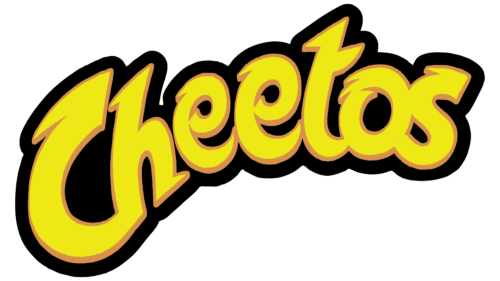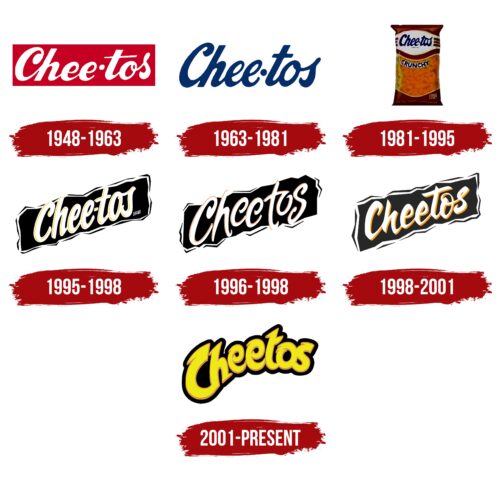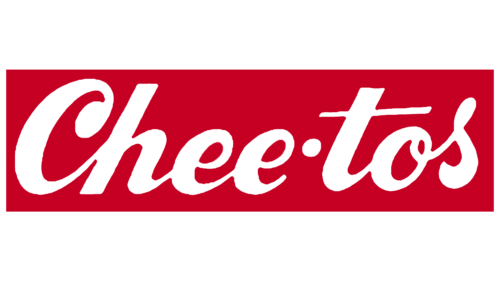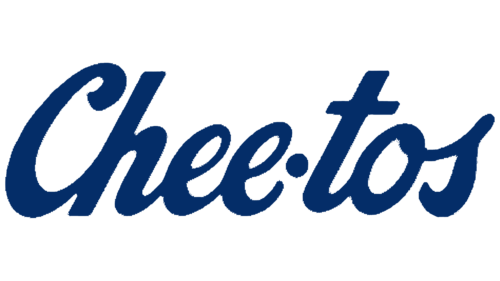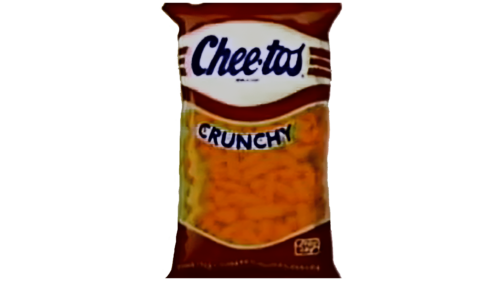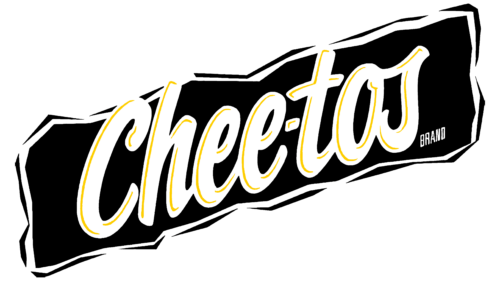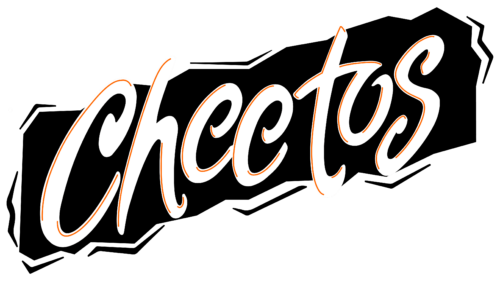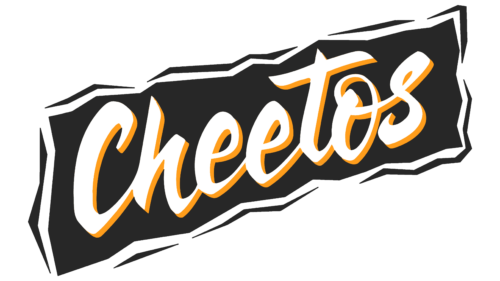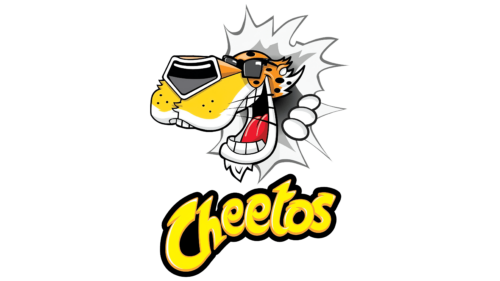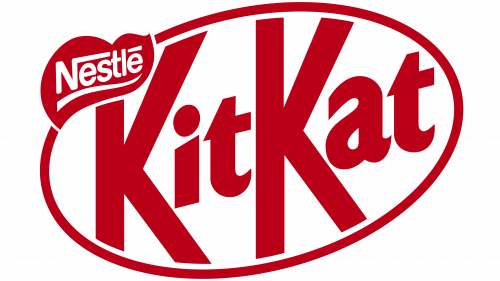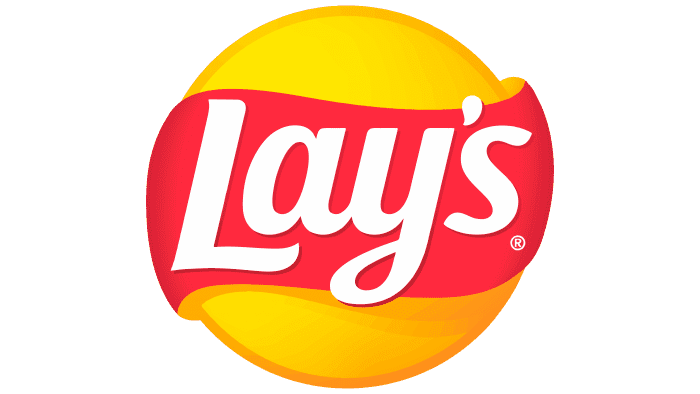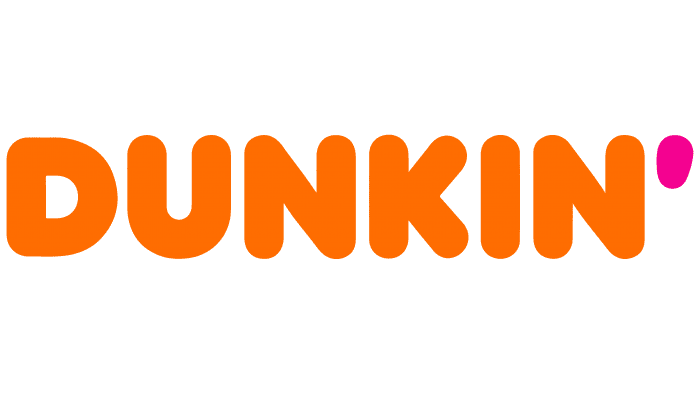The Cheetos logo is textual, without a single hand-drawn icon. It is purely informative: it consists of a name designed in a corporate style – business and minimalistic. The inscription is in cursive calligraphy. The exception is the modern version with pointed protrusions.
Cheetos: Brand overview
Cheetos is a snack brand made by PepsiCo’s Frito-Lay. The crunchy, flaky corn snack originated in 1948 with the invention of Charles Elmer Doolin. Since then, he has begun distributing it actively in the United States and worldwide. Due to the vast sales region, the product has its taste in each country—original, corresponding to the cultural preferences of the population. Therefore, now the line includes a huge number of branded chips. There are 21 varieties in North America alone.
The history of this brand began in an ordinary home kitchen. More precisely, Charles Elmer Doolin experimented with a cheese-flavored corn snack in a Texas kitchen in Dallas. The trial batch was successful and sold out quickly, but the entrepreneur did not have the necessary capacities to set up the production of goods in large volumes. He then partnered with Herman Lay and introduced the Cheetos in 1948. After the merger of Frito-Lay (a company of Doolin and Lay) with Pepsi-Cola, these snacks became known far beyond the North American continent.
In 1948, Charles and Elmer Doolin, founders of The Frito Company, invented Cheetos, transforming cornmeal and cheese powder into the popular snack we enjoy today. Initially available only in Texas as Crunchy Cheese, its quick popularity led to national distribution after Frito merged with H.W. Lay & Company in 1961 to become Frito-Lay, Inc.
The 1960s saw the introduction of new Cheetos products like Puffs, Twists, and cheese-flavored popcorn, establishing the brand’s signature bold cheese flavor. The arrival of Chester Cheetah as the brand’s mascot in 1971 further boosted its appeal. Over the decades, Cheetos continued to innovate, introducing lighter options like Cheetos Checkers and playful shapes like Paws.
The 1990s and 2000s marked a period of flavor expansion and international growth, including the wildly popular Flamin’ Hot Cheetos launch. The brand also ventured into new food categories, partnering with Kraft Foods in 2012 to release Cheetos-flavored macaroni and cheese and opening The Spotted Cheetah, a themed pop-up restaurant, in 2018.
Cheetos has effectively used celebrity endorsements and tapped into pop culture, collaborating with rapper Bad Bunny in 2020 for a campaign. Now a global brand with billions of dollars in sales, Cheetos remains a leader in the snack industry, beloved across over 36 countries. With a commitment to innovation, fun, and flavor, Cheetos continues to be a source of joy and nostalgia for fans of all ages.
Meaning and History
At first, the product was called Chee-tos, which was reflected on its label. Each pack of corn-and-cheese appetizers was adorned with a large inscription in imitation of individual handwriting. The letters were cursive, calligraphic, sliding, and rounded. There was a bold dot between the two parts of the title. Later, it was remade into an en dash and then disappeared altogether. Consolidated spelling first appeared in 1996, and two years later, it was finally fixed in the identity. In total, this brand has seven emblems.
What is Cheetos?
Cheetos is an international grocery brand owned by PepsiCo Corporation through its subsidiary Frito-Lay. He is engaged in manufacturing and selling corn and cheese chips with various flavors. To date, 21 species are known, based on the national preferences of the countries for which these snacks are intended. They first appeared in 1948 when Charles Elmer Doolin developed them.
1948 – 1963
The neat inscription was on a red rectangle. The letters were white, wide, and connected, with smooth transitions. Such a logo looked like a short text made in individual handwriting. “C” was uppercase, and the other characters were lowercase. The “t” had an extension in the area of the upper crossbar: it went beyond the “o” and ended at the “s.”
1963 – 1981
During this period, the horizontal rectangle and the red background disappeared. The letters were stretched up and became narrow. The connection between the glyphs was preserved, and the slope was made more distinct, as seen in the example of “s.” For the lettering, the designers chose blue.
1981 – 1995
The Cheetos logo used a white oval, on which the bright blue lettering was visible. The style has remained the same.
1995 – 1998
To diversify and modernize the emblem, the developers placed it diagonally, changed the font, and added a red border. The logo was a black rectangle with a jagged edge that looked broken or gnawed. Also, the “C” was separated from the rest of the title, so the font was semi-cohesive.
1996 – 1998
This version of the logo had a hook typeface. The letters were hastily written and far from smooth calligraphic handwriting. They were located at different heights, so they looked like they were jumping. Such unevenness introduced a hidden harmony into the text because the glyphs resembled long scattered snacks of various shapes. The thin red border line was shifted to the very edge of the letters, and the edge of the black rectangle was even more deformed – as if torn.
1998 – 2001
The designers streamlined the text, connecting the letters again so the inscription was coherent. In addition, they expanded the lines, which caused the glyphs to grow in size. They kept the uneven (torn) edge of the geometric figure but lightened the background so that a muted shade was used – smoky black instead of ultra-black.
2001 – today
Despite the disappearance of handwriting with jumping type, the letters did not look smooth. They received both rounding and sharp spikes protruding to the left. Such a sharpening appeared in each character. The inscription has become diagonal-horizontal: the “Che” fragment goes uphill diagonally, and “etos” occupies an even horizontal position. Due to the thin edging strip, the glyphs are voluminous. The yellow letters also have a black background to match their outlines. It goes beyond the inscription, so it seems to be surrounded by a frame.
Font and Colors
Cheetos chips received a logo divided into periods: before 1996-1998 and after. The original version of the name contained a dash, which was an obligatory part of the brand’s visual identity. However, later management combined both fragments and removed the sign separating them. The result is a modern version of the emblem.
The Cheetos logo uses a unique identification font that was designed specifically for the brand and does not have an official name. This typeface has been specially designed to give the Cheetos logo a distinctive style and recognizability. Now, these are wide letters with sharp protrusions at the top. They are painted yellow and complemented by a black background. In addition, red, white, and blue were present at different times.
The Cheetos emblem uses orange and yellow in its palette. Orange is a rich color that is associated with warmth, energy, fun, and optimism. Yellow is associated with the sun, joy, friendliness, and creativity. Both colors go well together, creating a memorable look.
These colors are important for the Cheetos brand as they help create a recognizable and identifiable brand image. Orange, in particular, has become a brand symbol and is associated with the product itself – orange Cheetos chips. In turn, yellow gives the logo brand energy and a positive attitude.
For customers, bright colors create an impression of fun and joy, consistent with associations with a light and tasty snack, such as Cheetos chips. In addition, orange can induce appetite and be associated with food.
FAQ
Who is the Cheetos brand character?
Chester Cheetah is the iconic mascot for Cheetos and Chester’s Snacks, which include flavored fries, popcorn, and puffcorn made by Frito-Lay. Known for his sunglasses and cool personality, Chester has become a key figure for the brand, appearing in ads and on packaging since his debut in 1971. He’s not just a character; he embodies Cheetos’s fun and playful spirit, contributing greatly to the brand’s image and appeal with his memorable slogans and relaxed vibe.
What is the new Cheetos flavor?
Cheetos recently introduced a new flavor, Crunchy Buffalo, drawing inspiration from the beloved game day snack, Buffalo Wings. Known for being a crowd-pleaser at sports events and casual get-togethers, the distinctive spicy and tangy taste of Buffalo wings is now available in Cheetos form. This new addition aims to bring the much-loved flavors of Buffalo wings to Cheetos fans, combining the kick of Buffalo sauce with the classic crunch of Cheetos.
What makes Cheetos so addictive?
The irresistible nature of Cheetos isn’t just because they melt in your mouth but also because of the sticky orange powder that coats them. Research by the marketing group NeuroFocus found this powder significantly adds to their appeal. Interestingly, while people might seem annoyed by the messiness, it brings a secret enjoyment. This enjoyment from the mess and the unique melting texture of Cheetos create a compelling experience that the brain finds delightful. It’s this mix of sensations that makes Cheetos so addicting.
How long have Cheetos been around?
Cheetos have been around since 1948, starting in San Antonio, Texas, with the launch of Crunchy Cheetos. For the next 23 years, this was the only product they offered until 1971, when they introduced Cheetos Puffs, adding variety to their line. In 2004, they expanded their selection further with Baked Cheetos, offering a healthier option than the original fried version. This history shows how Cheetos have grown from one simple product to a wide range that satisfies different consumer preferences.
Why are Cheetos called Cheetos?
“Cheetos” originally started as “Chee-tos,” hinting at their cheesy taste and roots in the Fritos brand. The snack was crafted with ingredients similar to Fritos, leading to the playful name highlighting its cheesy nature and connection to Fritos. This name combines the snack’s distinctive cheesy flavor with the familiar Fritos brand, underlining its origin and main taste appeal.
Does Cheetos use real cheese?
Cheetos include real cheese in their Simply Puffs White Cheddar Cheese Flavored Snacks. These are baked to perfection and seasoned with cheese to taste authentic. Moreover, the Simply line is free from artificial flavors, preservatives, or colors, aligning with a more natural approach to snacking. This choice to use real cheese and avoid artificial additives demonstrates Cheetos’ dedication to offering tasty snacks catering to modern consumers’ health and taste preferences.
